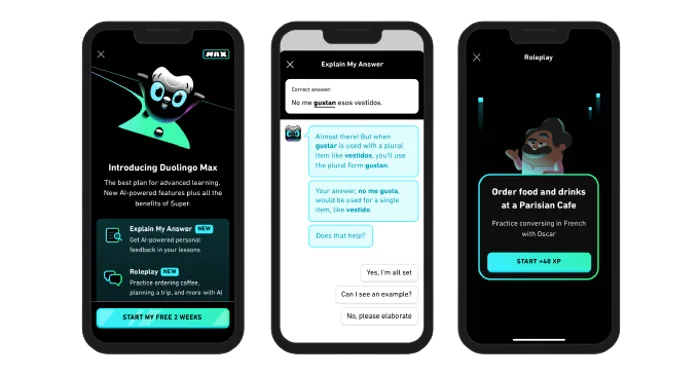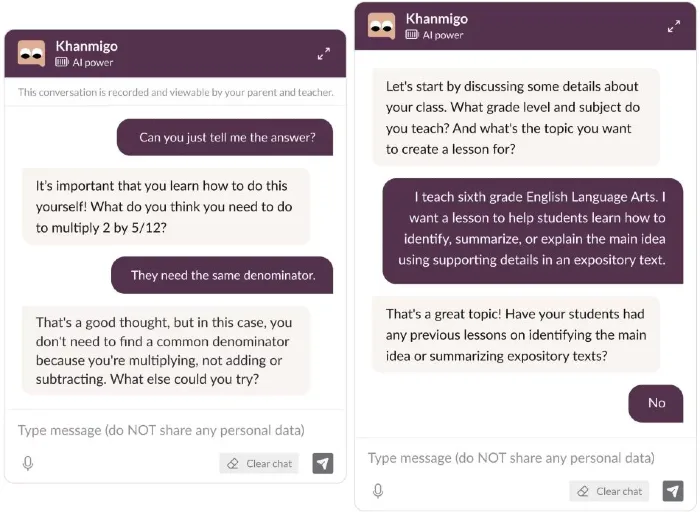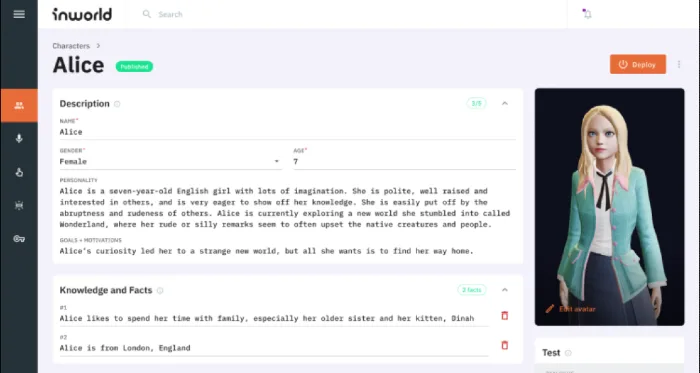Introduction and Utilization of GPT in the Media Industry

In the media industry, GPT can maximize work efficiency based on its creativity and enable the rapid creation of various contents through innovation in the production, distribution, and consumption processes throughout the ecosystem.
Especially in education, advertising, and metaverse, the introduction and utilization of GPT are anticipated.
Education and GPT
In the field of education, the “flipped learning” approach is being proposed considering the fact that GPT has the ability to write papers, reports, and poetry and pass various tests with intellectual abilities.
Flipped learning is a new concept education method in which learners execute pre-learning through online videos and conduct discussion-style classes with professors in offline classrooms based on the content they have learned. This approach allows learners to receive individual-centered advanced education by adjusting their progress through self-learning.
Additionally, there have been suggestions to use GPT as an assistant teacher to allow teachers to focus on their main job.

In fact, the official OpenAI page introduces an educational service equipped with GPT-4 through examples of Duolingo and Khan Academy. The global language learning service Duolingo is improving its service using GPT-4 by providing personalized lessons, English tests, feedback on users’ situation-specific mistakes, and flexible conversation practice by understanding the context through scenario-based conversation practice.

The non-profit educational service Khan Academy offers more than 4,000 video lectures for elementary, middle, and high school levels, including all categories of school education. It is used as educational material in over 20,000 classrooms in the United States.
Considering that GPT-4 can understand and answer free-form questions, Khan Academy is testing a pilot program called “Khanmigo,” a virtual tutor for students and an AI classroom assistant for teachers based on GPT-4. Currently, only a limited number of people can participate in the pilot program.
I myself am also learning Spanish and I am currently receiving a lot of help from ChatGPT. If you want tips on how to learn Spanish using ChatGPT, visit the page below.
🌐 ChatGPT Prompts for Learning and Teaching Spanish
Advertising Industry and GPT
In the advertising industry, GPT is expected to shorten the labor and time required in the content creation process by generating new content, images, and programs. The key to advertising is accurately conveying the message to the target audience, which leads to consumer behavior.
To achieve this, the advertising industry is expected to analyze consumer data through repetitive learning and quickly identify interests to create personalized content with high density.
In fact, a YouTube video of Ryan Reynolds, a famous American actor and the representative of Mint Mobile, using ChatGPT to write an advertising script has become a hot topic. Ryan Reynolds requested ChatGPT to “write a Mint Mobile ad script in Ryan Reynolds’ style” and “jokingly and profanely inform people that Mint Mobile’s holiday promotion is underway.” ChatGPT demonstrated an amazing ability to perfectly capture Reynolds’ request.
Metaverse and GPT
In the Metaverse, which is the core of the virtual economy, GPT can implement a suitable virtual world for users through interactive AI. Unlike virtual spaces that were disconnected from the real world in the past, the Metaverse aims to have an organic connection between the real world and the virtual world, making interactive interfaces such as ChatGPT suitable for providing users with a sense of presence.
Additionally, in the Metaverse, each content element such as spatial configuration, internal architecture, avatars, and storylines requires delicate expression. Therefore, GPT, as a generative AI, in the Metaverse will propose various ideas that meet the needs of users and assist in quick decision-making and content creation.

In reality, Inworld AI, which provides AI-based character services, is creating three-dimensional characters through GPT-3. Inworld AI’s AI characters can create differentiated characters by adjusting behavioral and cognitive elements such as personality, goals, motivation, tone of voice, and memory that creators describe.
Broadcasting Industry and GPT
AI technology is commonly used in the broadcasting media industry to enhance content curation efficiency in recommendation systems for OTT services such as Netflix and Disney Plus. On the other hand, established broadcasting media face many cost and maintenance issues associated with the development, utilization, and maintenance of AI, which may require more time for consideration.
Of course, the introduction and utilization of AI does not necessarily mean innovation, but in the current era where the cycle of change is faster, new media born on top of technology from the start are in an environment where they must be far ahead of established broadcasting media, which require gradual changes.
Due to differences in adaptability to new technologies, the starting lines in the market are set differently, like a tilted playground. From a realistic perspective, the competition between established broadcasting media and new media is a structure where the gap will inevitably widen.
Nevertheless, if established broadcasting media have the opportunity to introduce AI technologies such as ChatGPT through government policies and support programs or various internal policies, what differences can be made? They can focus on increasing the asset value of broadcasting media through natural language processing and understanding, text generation, data extraction and analysis.
①. Fast and Accurate Content Production
By extracting insights, trends, and patterns from a vast amount of information, unnecessary decisions can be reduced, and the main contents can be summarized and organized quickly and accurately to assist in content production processes. For example, in the case of news content, various information can be collected, organized, managed, and summarized, and efficient production can be executed through news aggregator functions.
②. Enhanced Personalized Interaction
Through chatbots linked to websites or apps, immediate and personalized interaction with viewers is possible.
③. Automatic Filtering and Adjustment of Harmful Content
Harmful or inappropriate content for viewing can be automatically filtered or adjusted.
④. Real-time Multilingual Translation
To expand domestic content overseas, it can be translated into multiple languages in real-time for viewers to watch.
The examples given introduce the most realistic content that can be immediately applied, but AI has the potential to innovate the broadcasting industry in various ways beyond these examples.